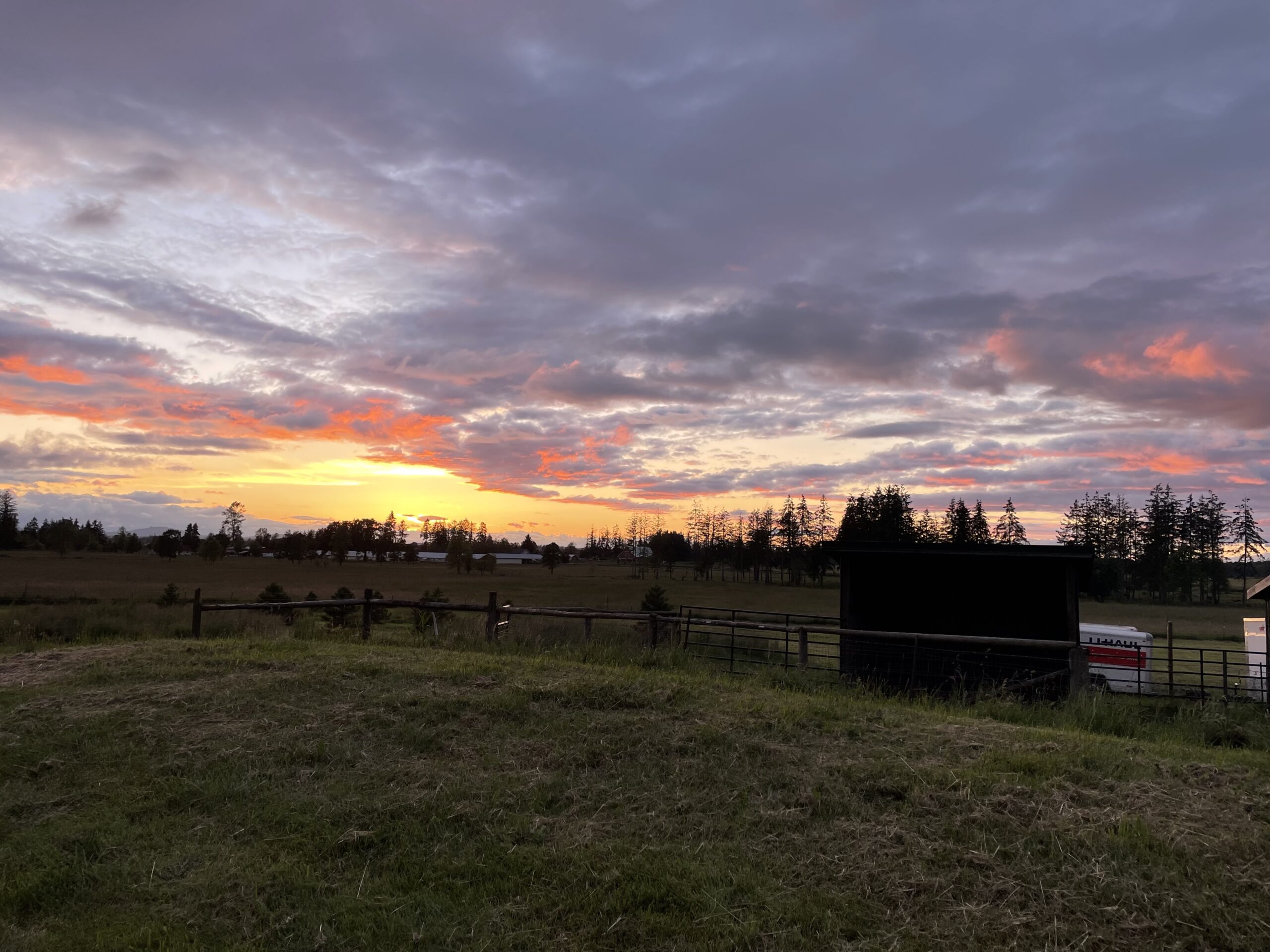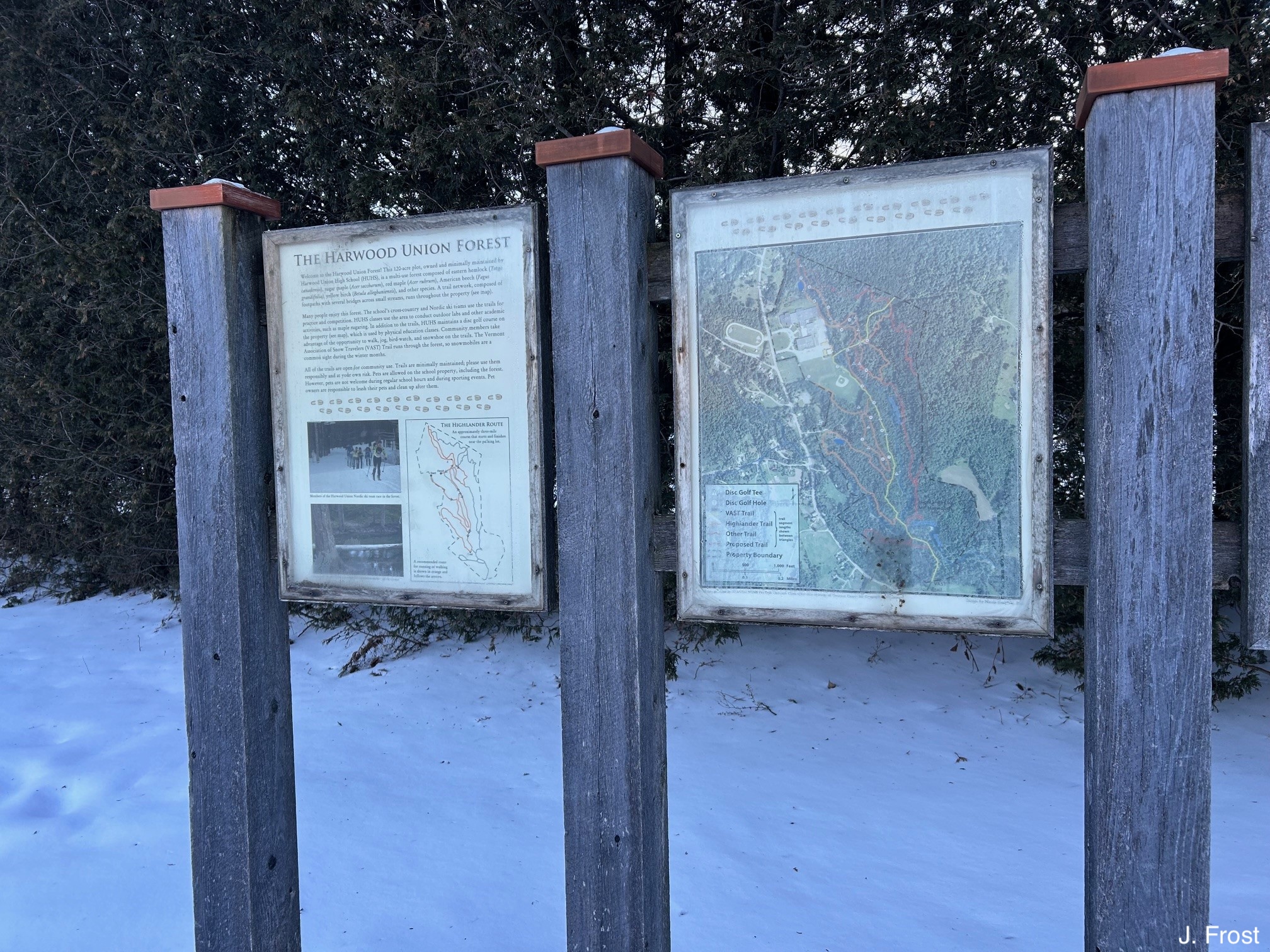
Summary of the VT Town Forest Census Process
A census is a survey that attempts to sample 100% of a population, in this case, of municipalities in Vermont that own forest land. Data collection for the Town Forest Census is being conducted as a two-step process. First, we reached out to all municipalities in Vermont to determine the number of forests they might own and who would be the best contact person to complete the Census form for each forest. Ideally, these key contacts are the people assigned to guide the stewardship of the forest on behalf of the governmental entity that owns it. In some towns, that might be the chair of a town forest committee, in others a town manager, a tree warden, Parks and Recreation Department staff, or a Conservation Commission member.
Second, we send those key contacts one Census form for each forest. Some lucky key contacts may get more than one form because they were identified as the best people to report on more than one forest. We ask you to fill out one form for each forest or, if appropriate, delegate to a person even more knowledgeable about a given forest.
The Census forms are being sent and collected in batches or cohorts, as we receive contact information from each municipality. The first batch of census forms is being sent out on October 15, 2024. We ask that they be returned by October 31, 2024. In the coming weeks, we will also follow up with some municipalities and conduct additional outreach to schools, recreation districts and tribes to include them in the next cohort.
Click here for a VIEW ONLY PDF of the census questions we are asking our forest managers.
For any questions about the process, please contact our team at vtownfor@uvm.edu.

For more information on our timeline and where we are in our research process, click here for the latest updates.